Art Fairs
How Do You Keep the World’s Oldest Art Fair Fresh? Art Cologne Offers a Lesson in Reinvention
Thanks to a prolific history and a 10-year revival project, Art Cologne has emerged as an enduring force. But it's not for everyone.
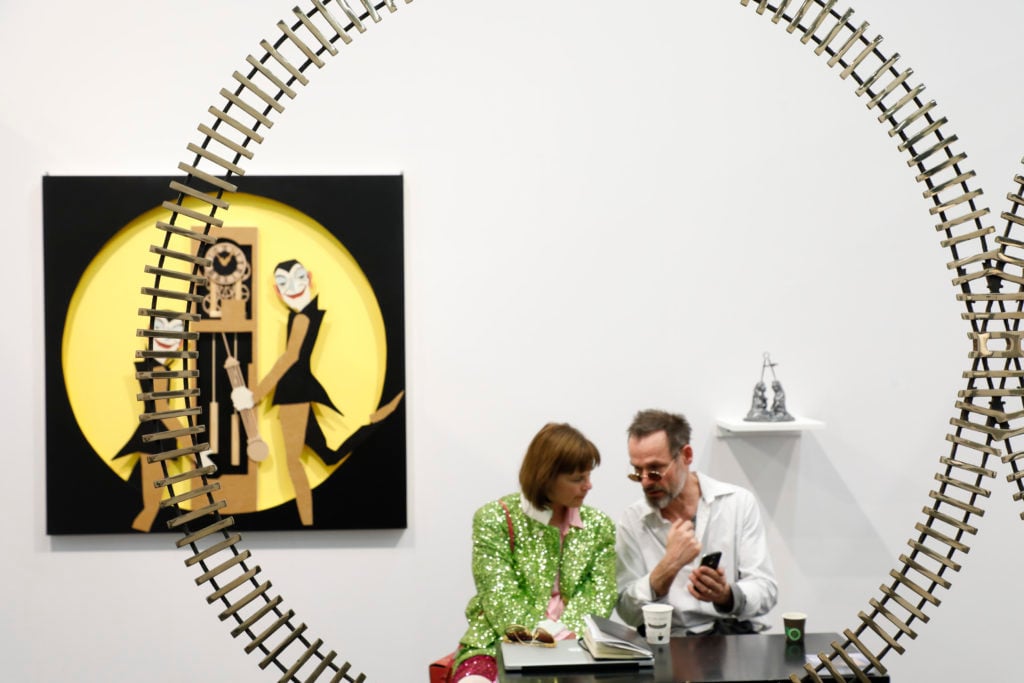
Thanks to a prolific history and a 10-year revival project, Art Cologne has emerged as an enduring force. But it's not for everyone.

Kate Brown

The German art world flowed into the Koelnmesse yesterday for the VIP preview of Art Cologne, the oldest art fair in the world. As collectors traversed a floor installation inspired by casino carpeting by Berlin artist Zuzanna Czebatul, it was hard to imagine that the fair, founded in 1967, started out as a gamble in and of itself by a small group of gallerists.
Fifty-one years later, Art Cologne is now one of hundreds of art fairs around the world. Although it spent some time in the early 2000s hovering below the radar, it has managed to regain its place as an important hub for the European art elite—even as early sales at this year’s edition reflect an increasing bifurcation between the mega-galleries and emerging outfits.
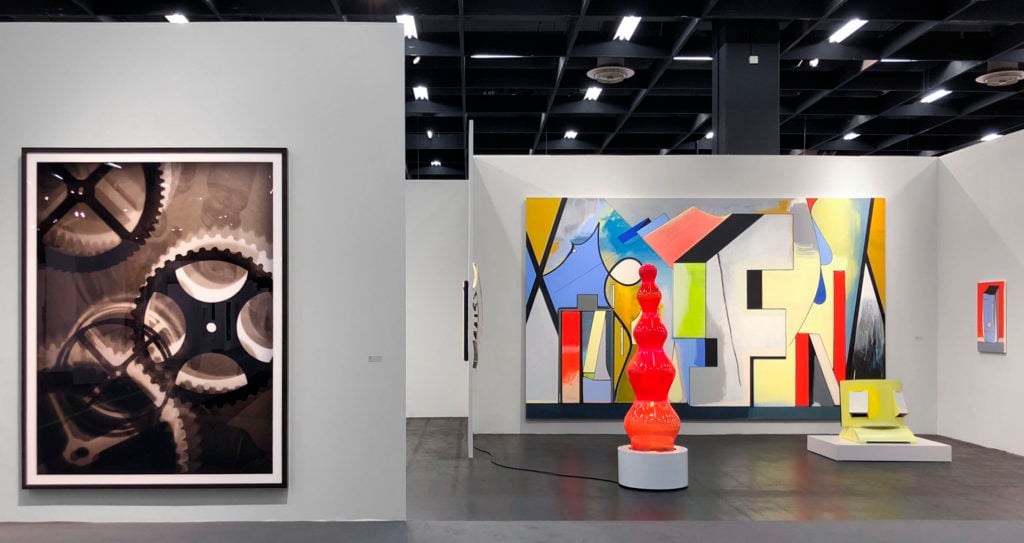
Installation view, Sprüth Magers at Art Cologne 2018.
Fair director Daniel Hug, now in his tenth year on the job, deserves much of the credit for the reboot Art Cologne’s profile. He tweaks big and small every year, chipping away at the carefully moving Cologne scene to acheive his vision. This time around, he gave the walls surrounding the booths a shiny new black paint job. (“It’s something I wanted to do 10 years ago,” Hug says proudly of the refresh.)
This kind of attention to detail has helped Hug lure in some big fish. Last edition, international powerhouses Gagosian and Hauser & Wirth signed on—and this year, they returned. Other galleries returned after a long hiatus this year for 2018, including Lisson and Gió Marconi.
“I hadn’t even been here the past few editions, but this year I am back personally,” the dealer Iwan Wirth told artnet News during the preview. “Hug has put a lot of effort into Art Cologne and it’s beginning to show.” It’s the only German fair the gallery does, he said.
By the first afternoon, Hauser & Wirth had sold three works by the American painter Mary Heilmann and four by the Japanese artist and member of the Gutai movement Takesada Matsutani. His minimal mixed media painting Deux cercles went early in the day for $85,000.
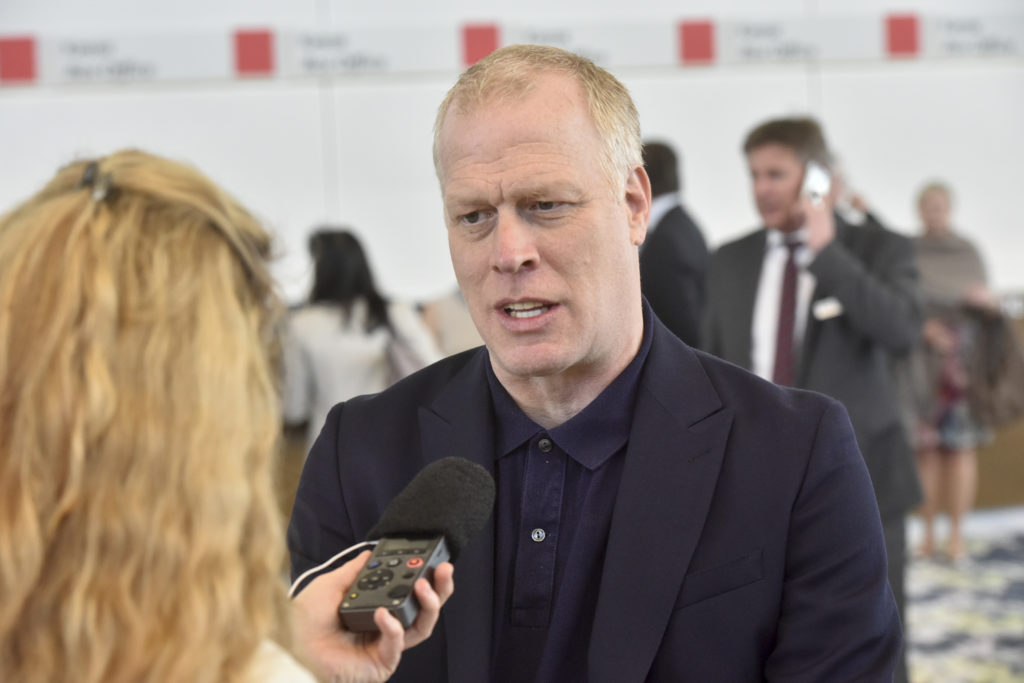
Daniel Hug after the press conference on preview day at Art Cologne 2018. Courtesy Art Cologne.
Many say that Art Cologne offers an alternative model for a successful art fair: While mega-fairs seek to draw collectors from halfway around the world, Art Cologne is content to serve as a meeting point for the highly educated and savvy collector base that constitutes the Rhineland. Its appeal is bolstered by the bordering region of small towns peppered with a strong network of public institutions and contemporary art organizations.
“Germany is not like other places, like France or England where it is centralized to Paris or London,” said the dealer Monika Sprüth of Sprüth Magers. “Germany has always been decentralized with strong and differing hubs. Just around Cologne, in every small city there is an important museum and such a density of really important collectors. There isn’t any place in the world like this.”
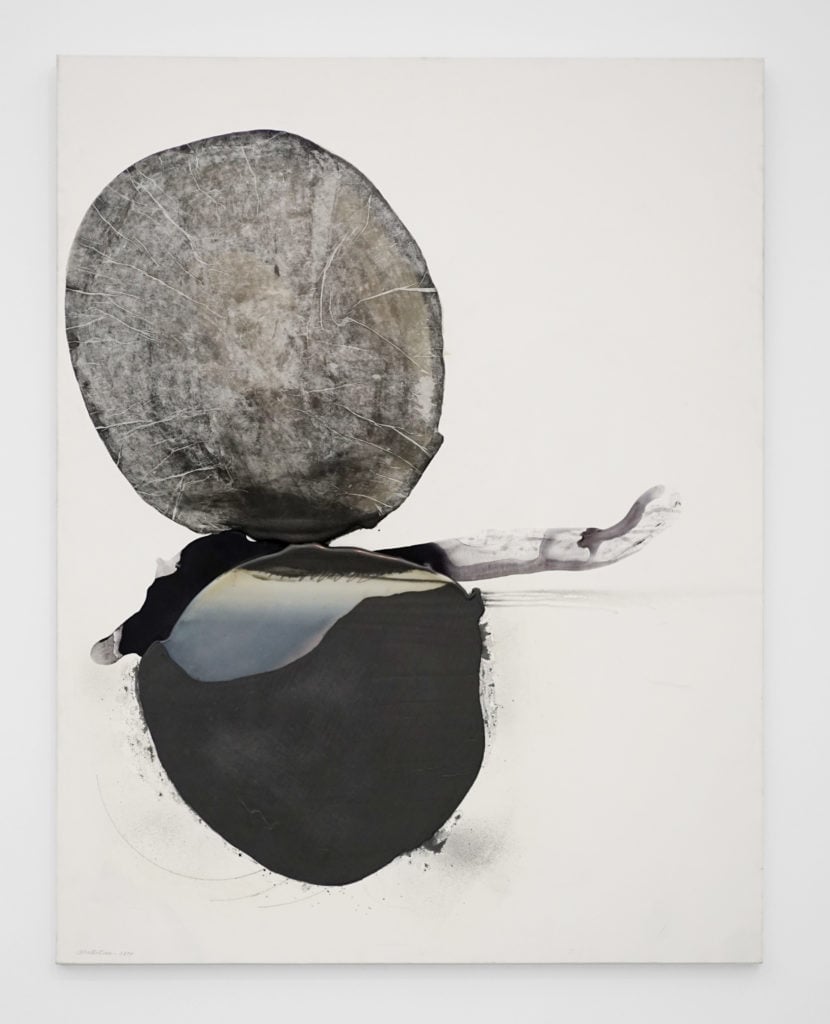
Takesada Matsutani’s Deux cercles 12-9-14 (2014). © the artist. Courtesy the artist and Hauser & Wirth.
Sprüth, who herself was a key founding figure in Cologne’s burgeoning scene in the ’90s, said the market is characterized by long-term commitment, which often spans generations. “The motivation is not from the commerce side like it is in New York, which is more focused on speculation,” she told artnet News.
By midday, the gallery had sold a 2012 wool and wood work by Rosemarie Trockel priced at €200,000 ($247,025) and a recent John Baldessari painting from 2017 priced at $375,000. “It’s the real thing here,” she said. “Daniel [Hug] has done a very good job and it was not easy.”
Other dealers also confirmed six-figure sales during the VIP preview. Veteran gallerist Rosemarie Schwarzwälder nächst St. Stephan from Vienna sold a painting by Katharina Grosse for €192,000 and a work by Lee Ufan for $142,000.
In a rare moment of levity, Gagosian’s stand presented, among other works, Dog and the Drop by Piero Golia, a sculpture featuring a realistic robotic dog whose head bobs up and down as he follows a water spurt shot out from a ceiling mechanism. (The sudden drip caught some unassuming collectors off guard.)
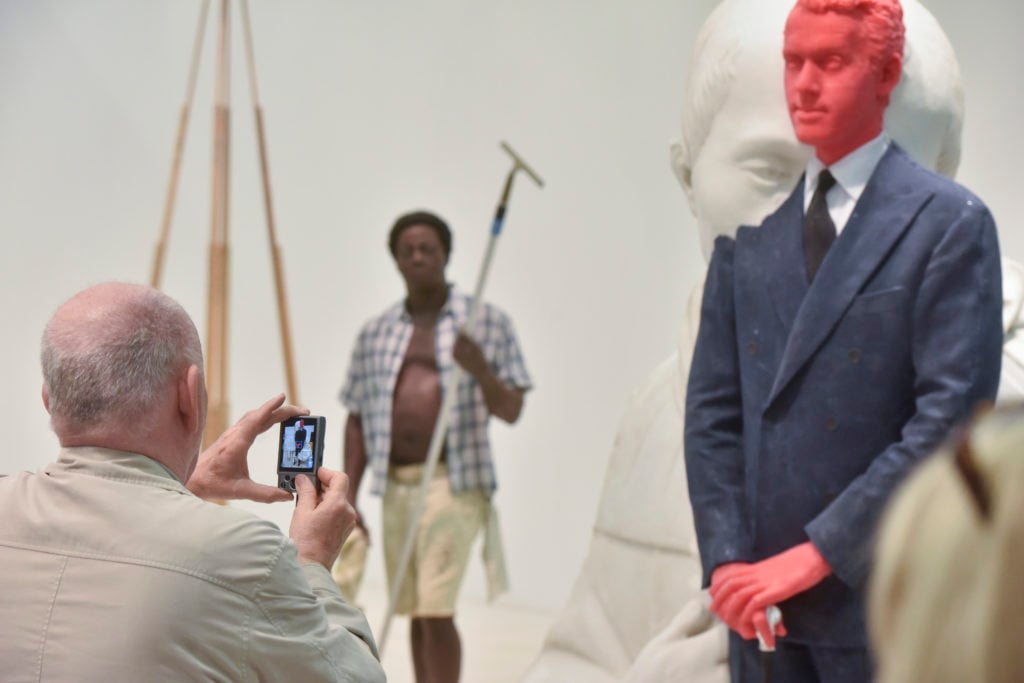
View of Duane Hanson and Urs Fischer’s works at Gagosian Gallery at Art Cologne 2018. Courtesy Art Cologne.
Still, it hasn’t all been smooth sailing Art Cologne. The event has new competition from Art Düsseldorf, which launched last year with backing from MCH Group, Art Basel’s parent company. (The upstart fair’s co-director could be spotted wandering the aisles.) Hug was vocal about his disapproval of the Swiss company’s encroachment, even calling it “a form of colonialism” last year. When asked if Art Cologne has made any changes in response to the first edition of Art Düsseldorf, Hug politely but firmly avoided the question.
“Cologne is as strong as ever and much stronger than Art Düsseldorf,” assures the dealer Johann König. “We liked Düsseldorf and we might do it again, but there is a different buying power here.” During the preview, König sold a painting by Katharina Grosse and several works by Jeppe Hein.
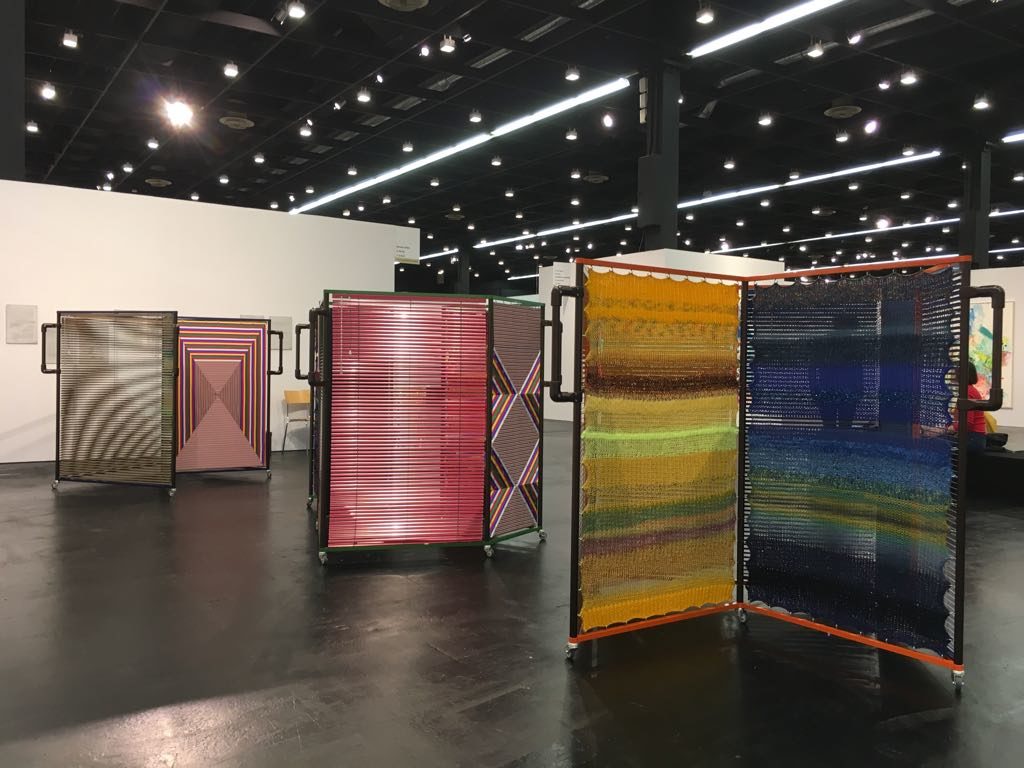
Installation view of Haegue Yang’s work at Galerie Barbara Wien at Art Cologne 2018. Courtesy the artist and Galerie Barbara Wien.
But at a fair mostly known for presenting established artists, younger and lesser-known names are a harder sell. But maybe it’s an architectural problem. Most of the hustle and bustle was restricted to the first floor which is home to the contemporary heavy weights and the ground floors where blue-chip artists such as Max Ernst, Andy Warhol, and German titans like Sigmar Polke are on offer. Setareh Gallery’s presentation of four German pop artists from the late ’70s—all occasional collaborators of Polke—attracted lots of attention.
By contrast, two levels upstairs, sections dedicated to younger talent or collaborative booths were noticeably less busy. “Collectors are exhausted by the time they get up to this floor,” said one gallerist. But this area also offered some of the most engaging presentations, like first-time exhibitor Mabini Projects’s joint booth with Berlin’s Michael Janssen. The pair presented work by Manila-based video artist Kiri Dalena, a rare example of political art at the fair.
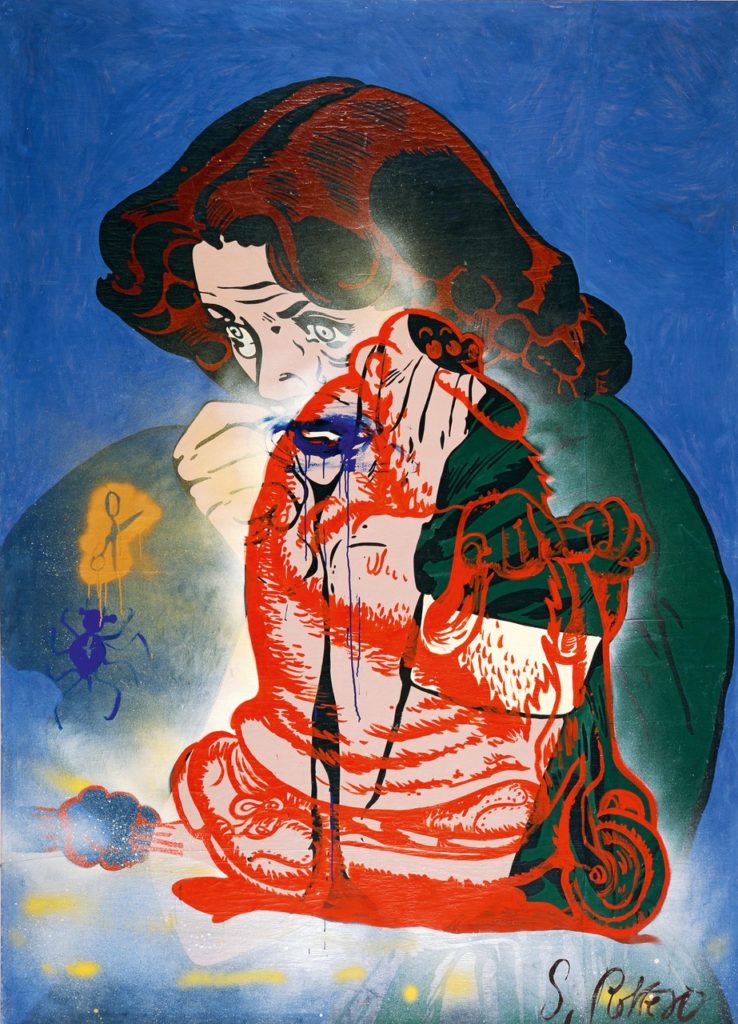
Memphis Schulze & Sigmar Polke´s joint piece Mr Natural (1976-80). Courtesy Setareh Gallery.
It perhaps did not help matters that this year’s edition of Art Cologne overlaps with Art Brussels, an event better known for its youthful appeal and cutting-edge material in a town more supportive of emerging talent. But some dealers were lucky and the tide eventually began to turn.
By the end of the fair’s second day, the Munich gallery Sperling had nearly sold out its elegant solo presentation of work by German artist Veronika Hilger. “I was rather nervous the night before the opening, but it turned out great,” said Johannes Sperling, the gallery’s founder. Only a few works on paper remained, and several works had been placed with museums. “We sold pretty much everything,” he said.
Art Cologne continues to flex its historic position across its triple-floored complex. The paint job updates, rich programming and the gamut of big dealers do impress. But it seems something is yet to come for the fair in order to fully evolve the hearts and minds of the Rhineland collector base and level the ground a bit more between its young and challenging crop of galleries above and the go-to stalwarts below.
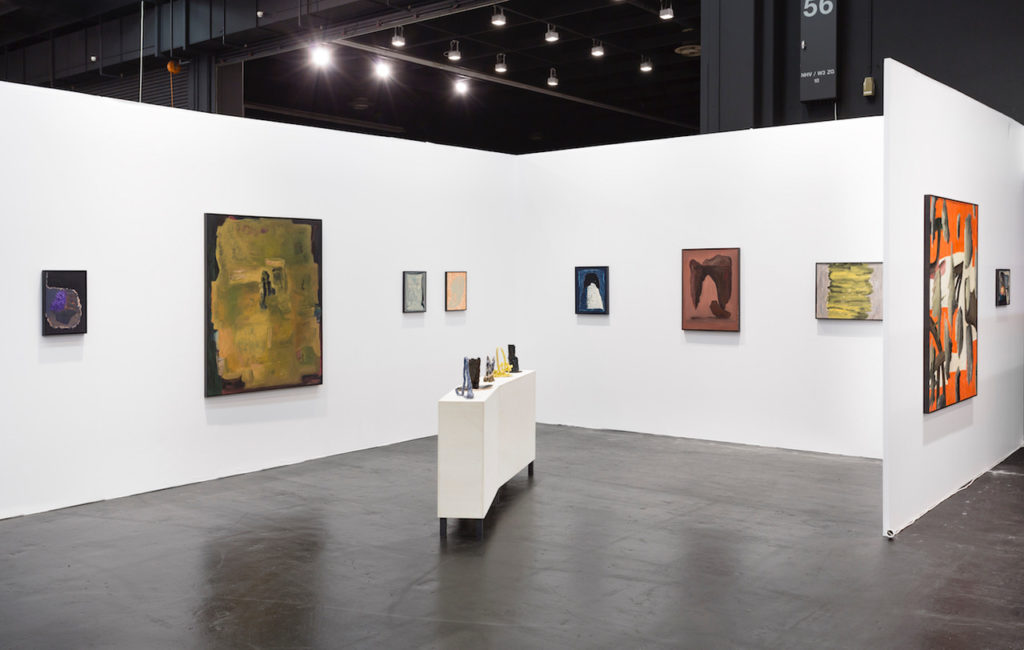
Installation view of Sperling, Munich at Art Cologne 2018. Courtesy Sperling.
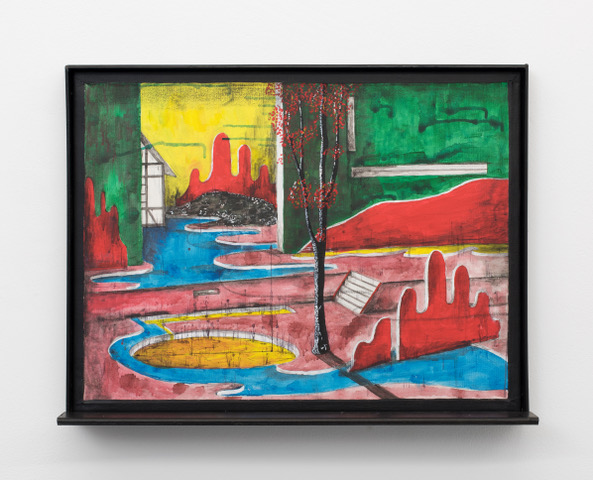
Veit Laurent Kurz’s Window III (AOA Series) (2018). Courtesy Weiss Falk and the artist.
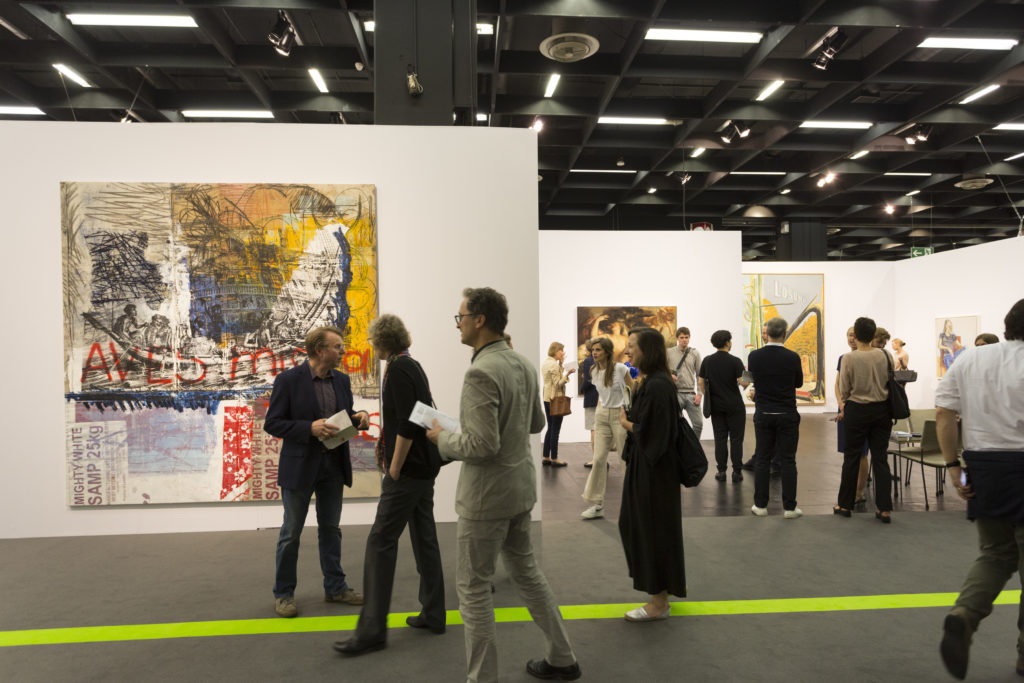
View of David Zwirner’s booth at Art Cologne 2018. Courtesy Art Cologne.
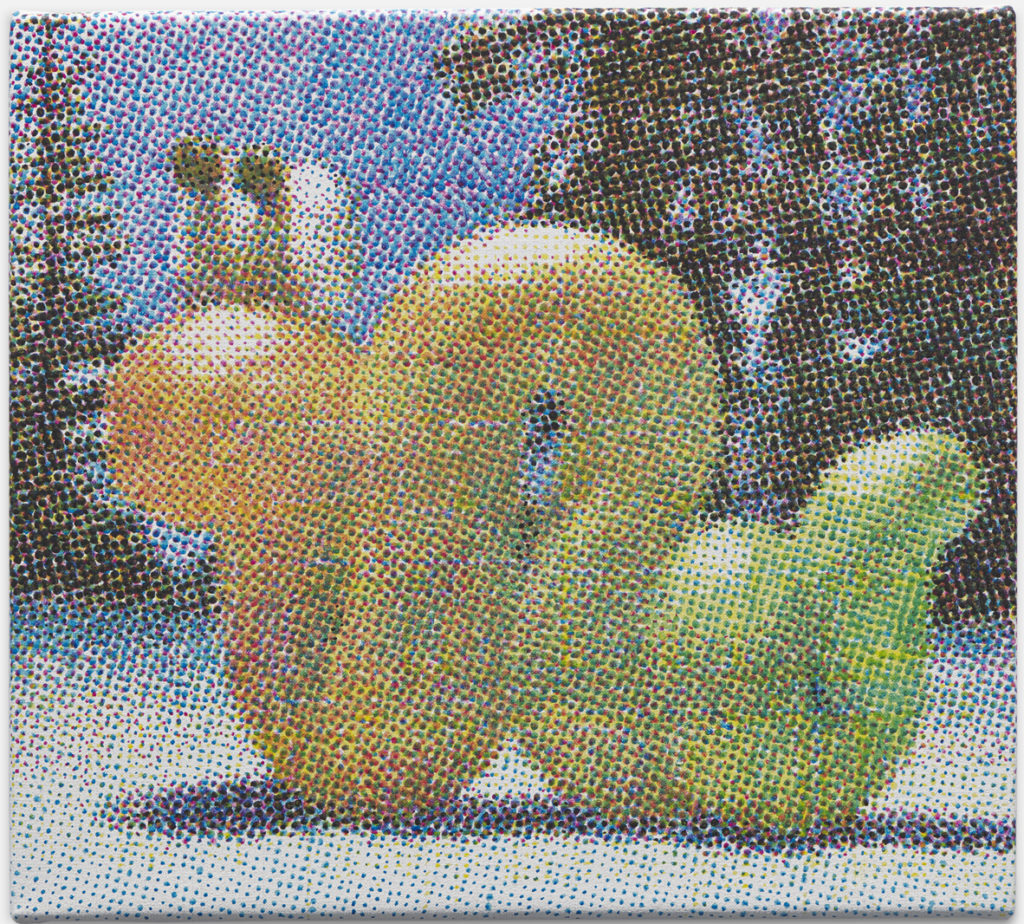
Edward Kay’s Beelzebub (2018) at Rob Tufnell. Courtesy the artist and Rob Tufnell.
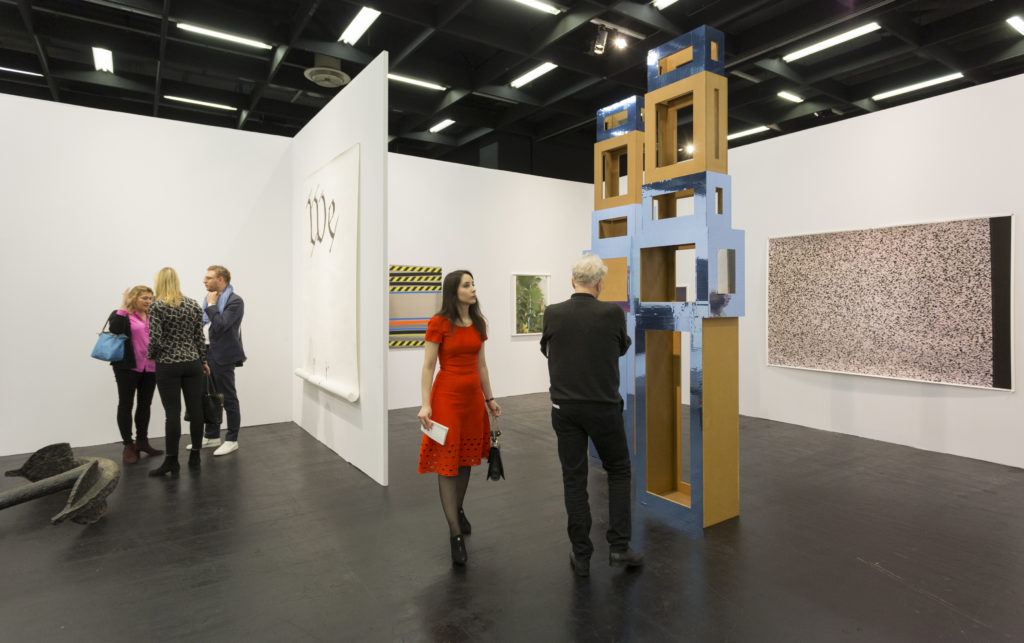
View of Isa Genzken’s sculpture at Galerie Buchholz at Art Cologne 2018. Courtesy Art Cologne.
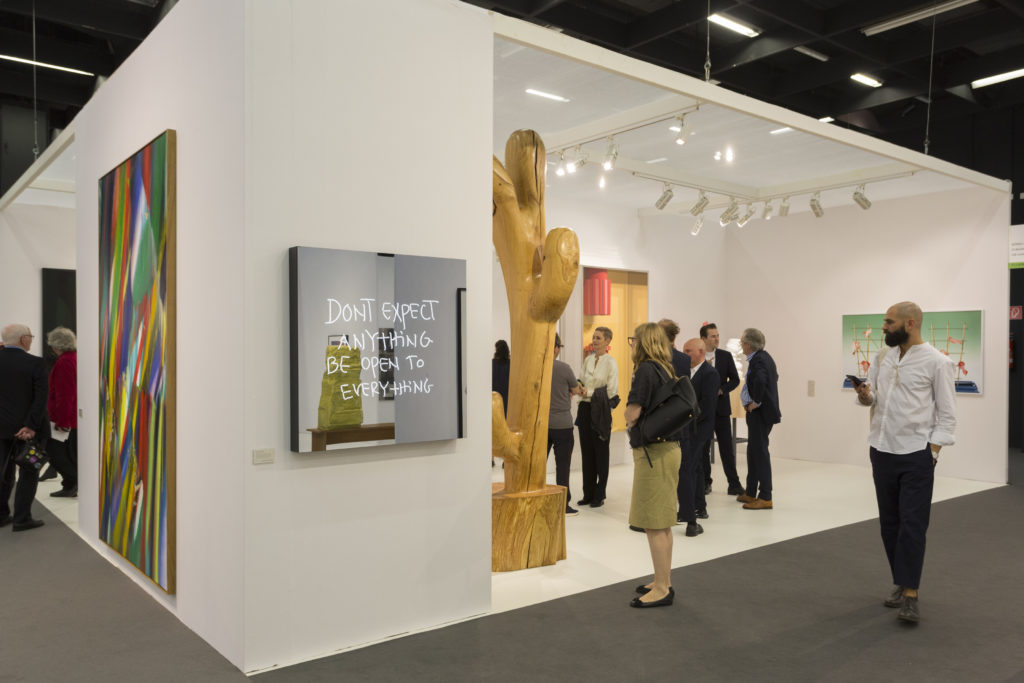
Installation view of König Galerie at Art Cologne 2018. Courtesy Art Cologne.
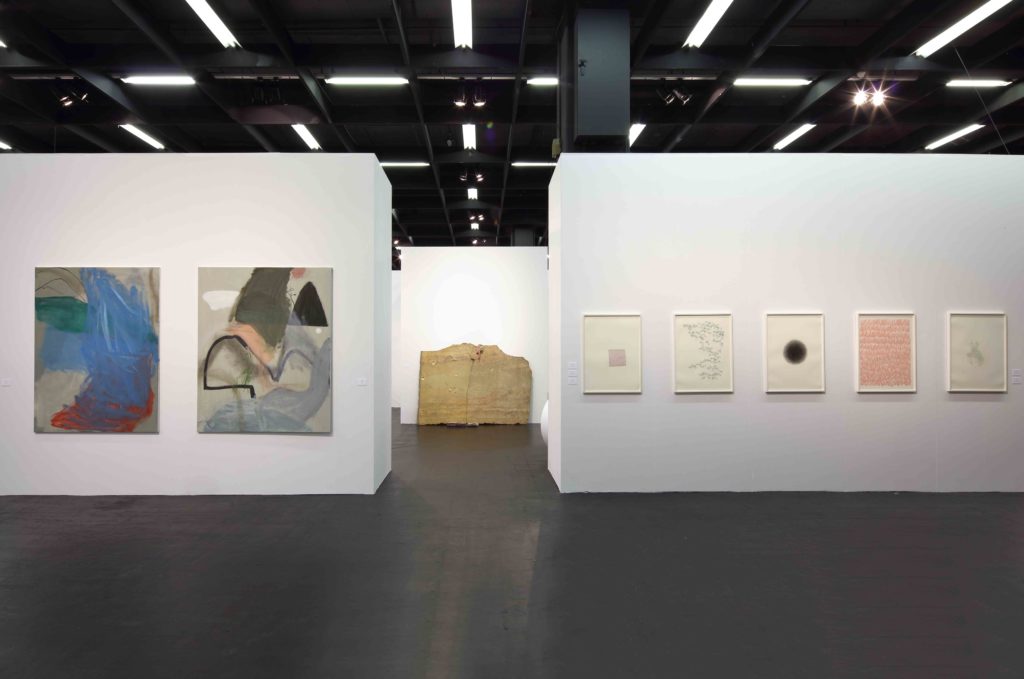
Booth view of Rosemarie Schwarzwälder. Photo by Alistair Overbruck.